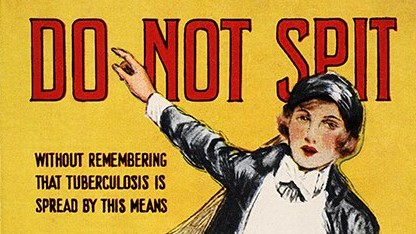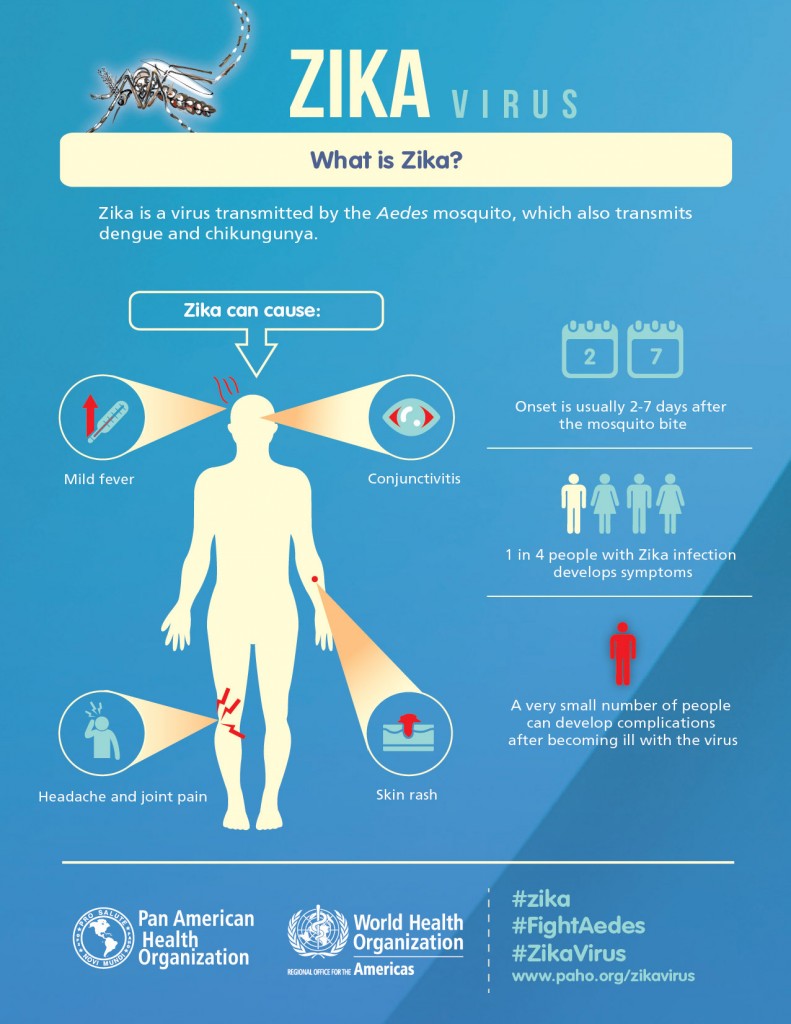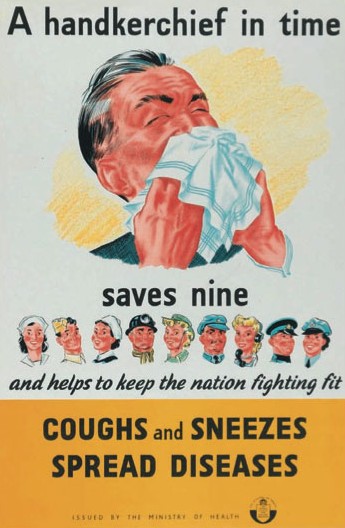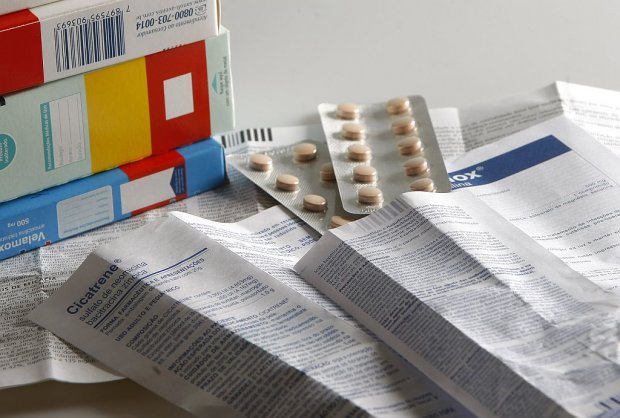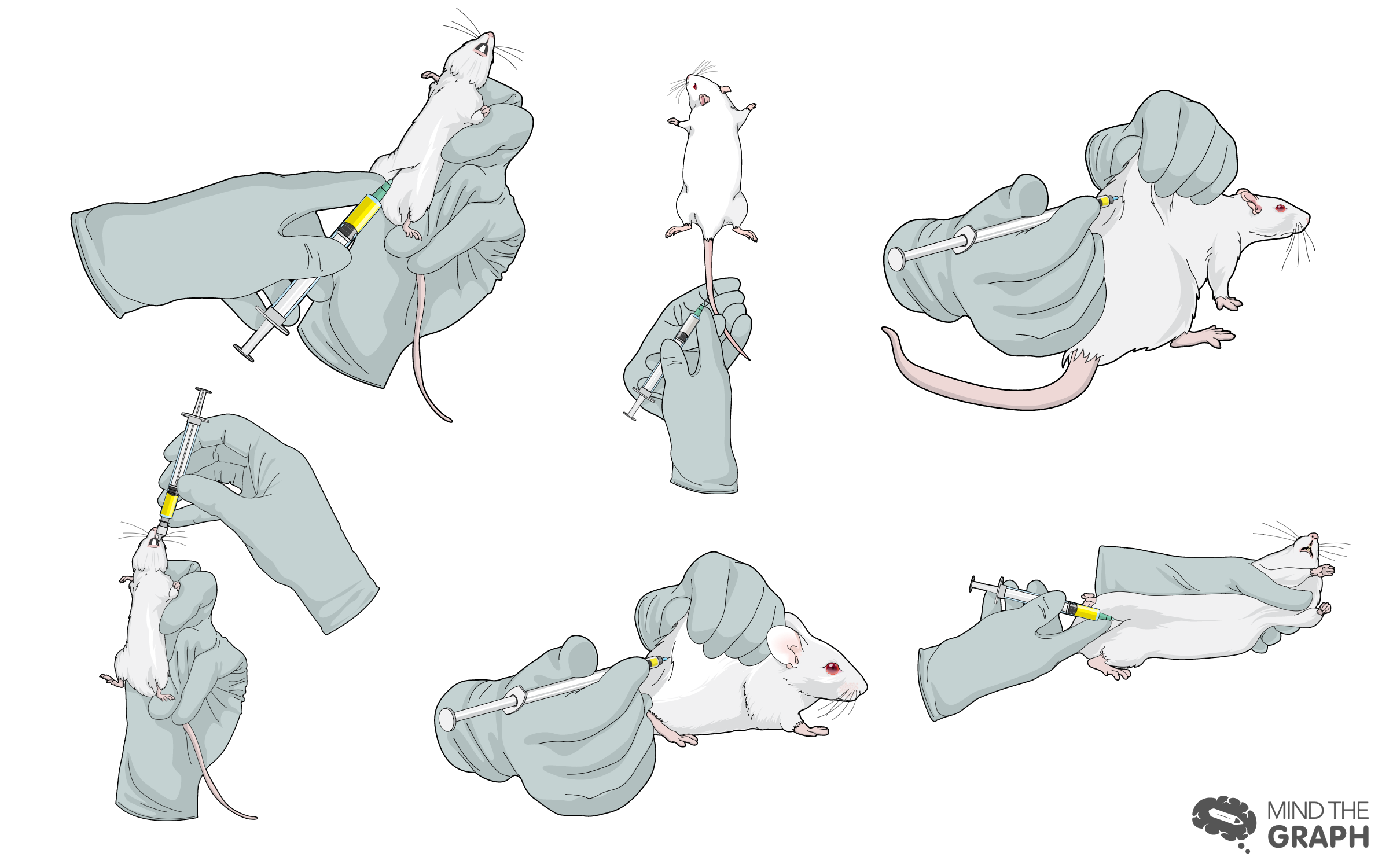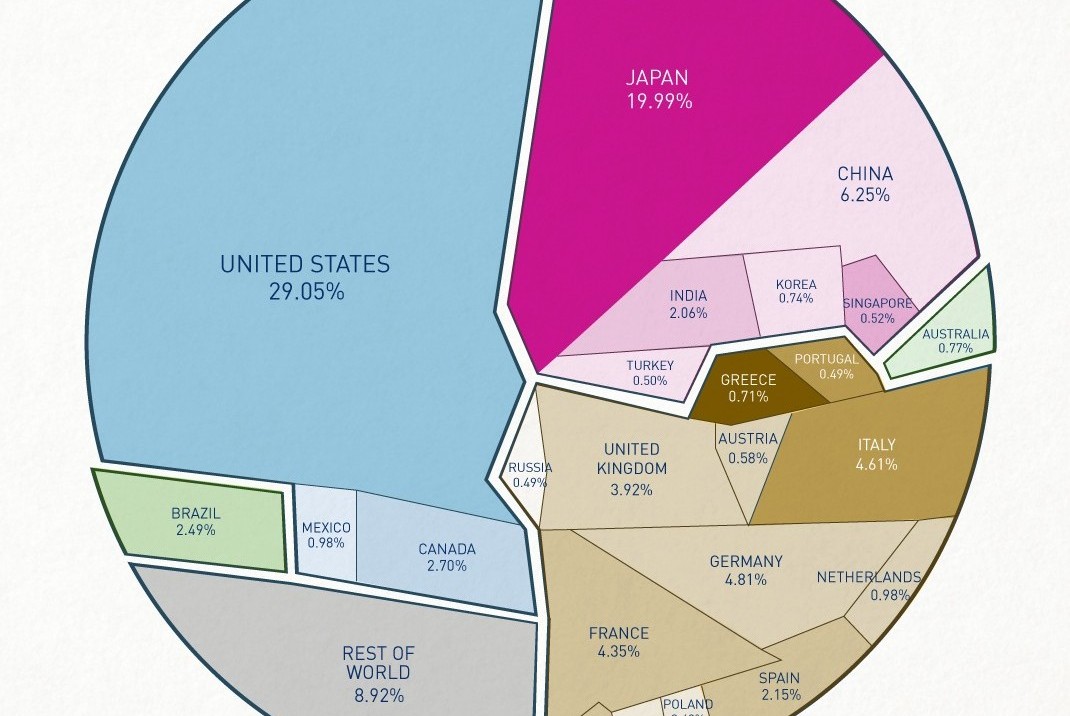You rather receive relevant information from images than texts.
How do I know this? Because of health communication.
It might be one of those things you don’t realize until someone point it out, but health communication is all about visual information. And you know what else? It works.
Let’s think it through together. Apart from being reliable, information on health must be:
- Intuitive and easy to comprehend
- Suitable to different types of media
- Free of language barriers
Can you think of any other communication tool that embraces all three topics?
Health communication figured out this major turning point decades ago.
When people had restricted channels to facilitate communication, a tool fast enough to prevent misinformation was needed. The way to do it was by a wide disclosure of informative medical posters.
They may look funny now but health communication escalanonated quickly through the years to the point we can’t imagine how it would work without instructive images.
Actually, my mistake. We can imagine and it does exists.
Do you know what this is?
The medicine instructions note that comes inside boxes and bottles are pretty much what we do for science in general.
We put a whole lot of texts together and expect people to get interested in what is in it. In other words, we ignore the attractiveness of infographics and our preference for any visual stimuli.
Health communication has been rubbing in our faces an intelligent and simple way to deliver information. How about all scientists learn from that and change the way we communicate science?
Or maybe we can just accept our research will endup crumpled inside a box, or worst, thrown in the trash.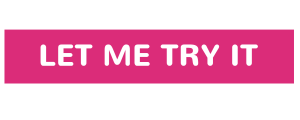

Subscribe to our newsletter
Exclusive high quality content about effective visual
communication in science.

